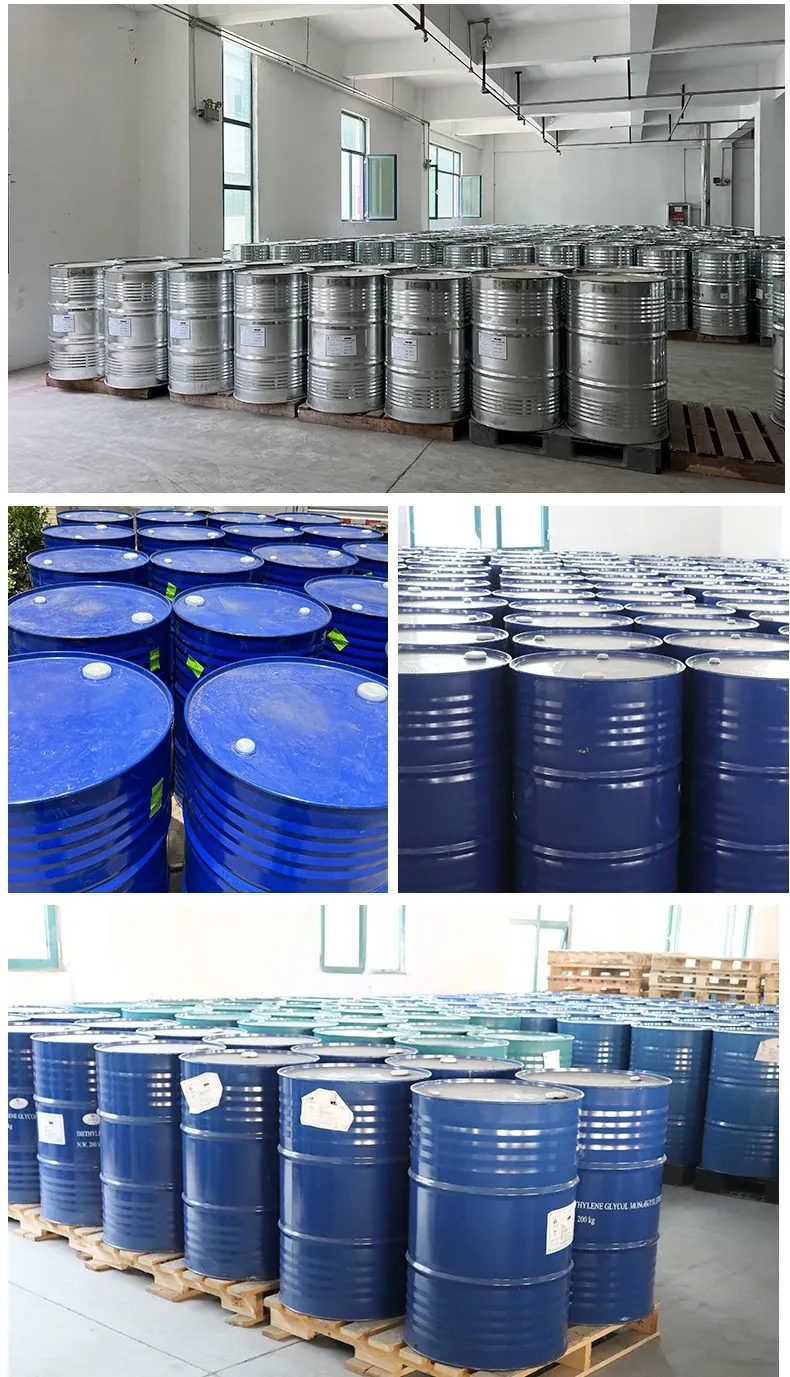
Des . 06, 2024 21:12 Back to list
chemical titanium dioxide
The Significance of Titanium Dioxide in Chemical Applications
Titanium dioxide (TiO2) is a white, opaque, naturally occurring oxide of titanium. Recognized for its brightness and high refractive index, TiO2 has become a cornerstone in various industries, particularly in the fields of paint, coatings, plastics, paper, and even food products. In this article, we will explore the chemical properties, production methods, applications, and environmental impact of titanium dioxide.
Chemical Properties
Titanium dioxide exhibits remarkable properties that make it an ideal choice for a variety of applications. It occurs primarily in three crystalline forms rutile, anatase, and brookite, with rutile being the most commonly used due to its superior stability and UV resistance. TiO2 has a high refractive index of about 2.7, which grants it excellent opacity and brightness. These properties allow it to effectively scatter light, making it a vital pigment in products where whiteness and brightness are essential.
Due to its structure, titanium dioxide also possesses photocatalytic properties. Under UV light, TiO2 can catalyze reactions that break down pollutants and organic compounds, making it an important material in environmental cleanup processes. This characteristic has led to increasing interest in its use for air and water purification.
Production Methods
The production of titanium dioxide primarily involves two methods the sulfate process and the chloride process
.1. Sulfate Process This is one of the oldest methods of producing TiO2. It involves treating titanium-bearing ores such as ilmenite with sulfuric acid, which results in the formation of titanium sulfate. This is then hydrolyzed to precipitate titanium dioxide. While the sulfate process is effective, it generates a significant amount of waste, and the resulting TiO2 is often of lower quality compared to that produced by the chloride process.
2. Chloride Process In this more modern method, titanium ores are first converted into titanium tetrachloride (TiCl4) by reacting with chlorine. The TiCl4 is then oxidized to produce high-quality titanium dioxide. This method is favored for its efficiency and the superior quality of TiO2 produced, making it more suitable for high-performance applications.
Applications
chemical titanium dioxide

Titanium dioxide is predominantly used as a pigment in a variety of products due to its excellent opacity and brightness. In the paint industry, it provides high hiding power and durability, making finishes long-lasting. Its weather resistance also makes it an ideal choice for outdoor applications.
In the plastics industry, TiO2 is added to films, sheets, and coatings to enhance the whiteness and opacity of products. It is also widely used in the production of paper to increase brightness and improve print quality.
Furthermore, the food industry employs titanium dioxide as a food additive (E171) to improve the aesthetics of products such as confectioneries, dairy, and sauces. However, its safety as a food additive has been debated, and some regulatory bodies have scrutinized its use.
The photocatalytic properties of titanium dioxide make it an invaluable material for environmental applications. TiO2-coated surfaces can help decompose organic pollutants in the air and water under UV light, making it a potentially significant material in promoting cleaner environments.
Environmental Impact and Safety
While titanium dioxide is regarded as safe for many applications, concerns have emerged about its environmental impact, particularly regarding its use in cosmetics and food products. Recent studies have suggested potential health risks associated with inhalation of TiO2 nanoparticles. Regulatory bodies in various countries are re-evaluating its use in consumer products, emphasizing the need for thorough safety assessments.
In terms of its environmental impact, the manufacturing process of titanium dioxide can generate waste products that require careful disposal to prevent pollution. The sustainability of titanium dioxide production, including the sourcing of titanium ores, is an ongoing area of research, aiming to optimize methods to minimize the overall environmental footprint.
Conclusion
Titanium dioxide stands out as a versatile chemical substance with a wide range of industrial applications. Its unique properties not only enhance product performance across several sectors, from paint and plastics to food and environmental remediation, but it also raises critical discussions about environmental sustainability and safety. As industry practices evolve and regulatory frameworks adapt, titanium dioxide’s role will continue to adapt, ensuring that its benefits are realized responsibly.
-
High Quality China Black Iron Oxide Powder Supplier Competitive Price & Fast Delivery
NewsJul.08,2025
-
High Quality Titanium Dioxide Used in Rubber – Trusted Supplier & Factory Price
NewsJul.08,2025
-
High Purity Barium Sulfate Particle Size - Wholesale Manufacturer from China
NewsJul.07,2025
-
Premium Titanium Dioxide Lomon R-996 Supplier – Quality & Wholesale Price from China
NewsJul.07,2025
-
Top Titanium Manufacturers in China - Quality Titanium Dioxide Supplier & Production Line Solutions
NewsJul.06,2025
-
OEM Titanium White Supplier & Factory – High Purity, Consistent Quality for Industrial Use
NewsJul.06,2025
